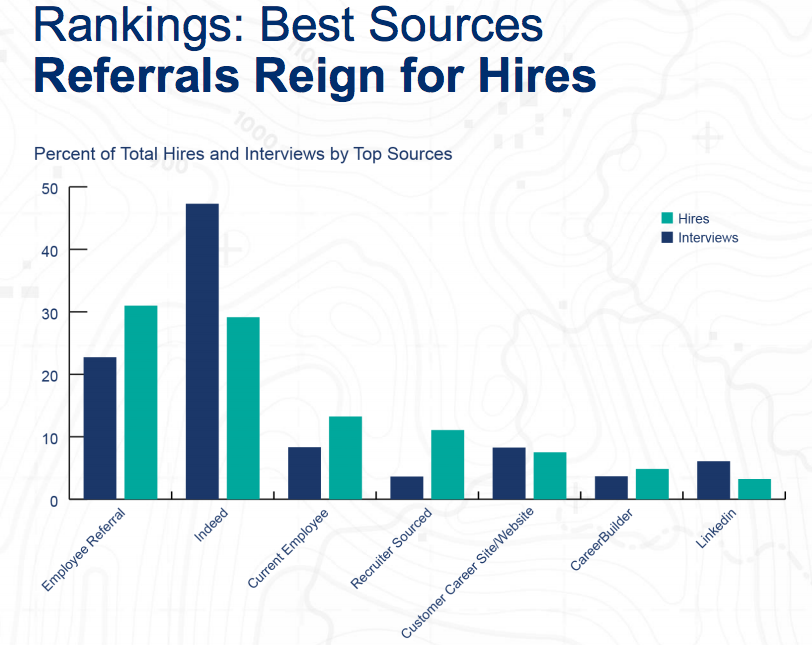This week on T3 I review the employee referral technology Teamable. I’ve been a big fan of employee referral technology for a few years now, so I thought I already knew what Teamable was before I demoed. What I found was Employee Referral Automation 2.0!
Jobvite kind of created the industry of employee referral automation and leveraging your employee’s social media networks. For the money and the ROI, employee referral automation is still the most underutilized technology in talent acquisition. Almost every TA leader will tell you employee referrals are their highest quality hires and one of their top sources, but the spend almost zero dollars on technology to better these stats! It’s completely insane!
So, Teamable takes employee referral automation and says, how do we make it better? What do current users of employee referral automation like, and what do they wish they had that they don’t with this tech, and what is no one doing with this tech? This is what I think will ultimately set Teamable apart from other players in the space of employee referral automation is their innovation and ability to show organizations new ways to leverage this technology.
Teamable also found a game changer when it comes to using their technology to potentially increase your organization’s diversity hiring. That’s huge!
What I like about Teamable:
– Employees in your organization have the ability to see both the referrals they’ve made and what’s going on with them, but also those they’ve requested and where those are at as well. It’s one of the major gripes employees have after making a referral, that they don’t know what going on with it.
– Gamification is integrated very well into the dashboard showing a leaderboard of most referrals, which employees are most active, which employees have the most connected network, etc.
– The ability to segment out within your organization which employees you want to send specific job postings to. Why is that important? Diversity hires more diversity. Let’s say you had an opening for a Sales Rep. Your team was top heavy with dudes and you wanted more females. Instead of sending out this posting to all the sales reps you only sent it to your other female sales reps. What would happen? More than likely the referrals that came back with other female referrals. It’s not a guarantee, but the percentages are pretty good. BTW – works with any segment of your employees!
– ATS integrations already built for Jobvite, iCims, Lever, Greenhouse, etc. and Teamable will give you a visual cue if the person being referred is already in your current ATS, which is super helpful in letting those who referred know as soon as possible.
– Great UI/UX with their dashboard and ability to pull metrics and see the full funnel.
If you don’t have employee referral automation this is a must demo. I don’t know how to make that any clearer, this technology is a game changer for hiring more employees for less money and higher quality. I’m shocked that it’s not used by 100% of organizations who rely on and desire more referrals.
T3 – Talent Tech Tuesday – is a weekly series here at The Project to educate and inform everyone who stops by on a daily/weekly basis on some great recruiting and sourcing technologies that are on the market. None of the companies who I highlight are paying me for this promotion. There are so many really cool things going on in the tech space and I wanted to educate myself and share what I find. If you want to be on T3 – just send me a note – timsackett@comcast.net


